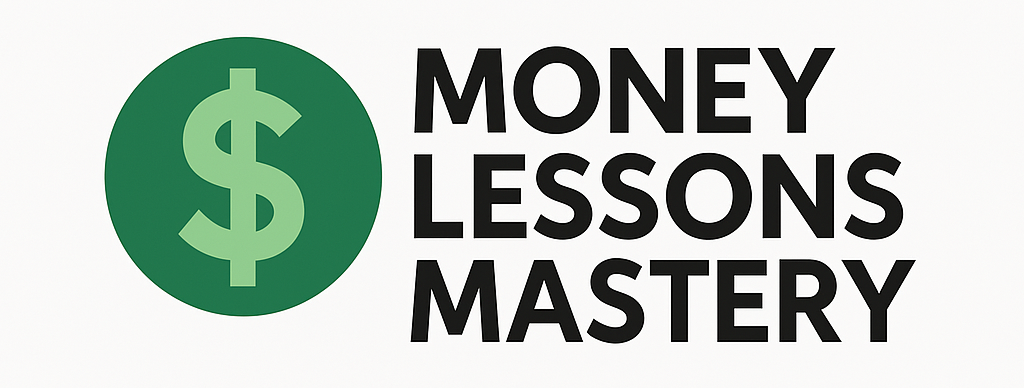Starting and running a business comes with its share of risks—property damage, lawsuits, employee injuries, and more. Business insurance is a key tool to protect your company from unforeseen financial losses. Understanding the types of coverage available and what your business truly needs can make a huge difference in your long-term success. Here’s a breakdown of the basics every business owner should know.
1. Understand Why Business Insurance Matters
Business insurance helps minimize financial risk. Even with the most thorough risk management strategies, accidents or unexpected events can happen. Insurance provides a safety net so that a single incident doesn’t derail your entire operation.
- Protects your assets: Insurance can cover damage to property, equipment, and inventory.
- Shields against liability: If someone sues your business, liability coverage can help with legal costs and settlements.
- Improves credibility: Having insurance reassures clients and partners that you’re a responsible and stable company.
2. Know the Main Types of Business Insurance
There are several types of insurance, each covering a different aspect of your business. The right combination depends on your industry, location, and size, but here are the most common:
- General Liability Insurance: Protects against third-party claims of bodily injury, property damage, or advertising injury.
- Professional Liability (Errors and Omissions) Insurance: Provides coverage if a client claims your services or advice caused harm or financial loss.
- Commercial Property Insurance: Covers your building, equipment, and inventory in case of fire, theft, or natural disasters.
- Workers’ Compensation Insurance: Required in most states, it covers medical costs and lost wages for employees injured on the job.
- Business Interruption Insurance: Helps you recover lost income due to events that halt your operations, like a natural disaster.
3. Choose the Right Coverage for Your Business
Not all businesses need every type of insurance. To find the right coverage:
- Assess your risks: Consider what hazards are most likely in your line of work (e.g., customer injuries, cyberattacks, equipment damage).
- Check legal requirements: Some insurance types may be required by your state or industry (like workers’ comp or commercial auto).
- Talk to a licensed broker: An agent can help you tailor a policy package that fits your specific business needs and budget.
4. Understand Business Owner’s Policies (BOPs)
If you run a small- or mid-sized business, a Business Owner’s Policy (BOP) might be a cost-effective option. A BOP bundles common coverages into one policy, typically including:
- General liability insurance
- Commercial property insurance
- Business income insurance
Because it combines several types of insurance, a BOP is usually more affordable than buying separate policies. However, it may not include everything you need, so evaluate carefully.
5. Review and Update Your Coverage Regularly
Your insurance needs can change as your business grows or pivots. It’s a good idea to:
- Review your policies annually: Check if your coverage levels still reflect your current risks and assets.
- Update for major changes: If you hire more employees, add a new location, or invest in new equipment, notify your insurer.
- Shop around: Compare providers and rates occasionally to make sure you’re getting the best value.
Final Thoughts
Business insurance might not be the most exciting part of entrepreneurship, but it’s one of the most important. Taking time to choose the right coverage can save you thousands of dollars—and possibly your entire business—in the long run. Don’t wait until disaster strikes to understand your options. A little preparation today can offer a lot of peace of mind tomorrow.
